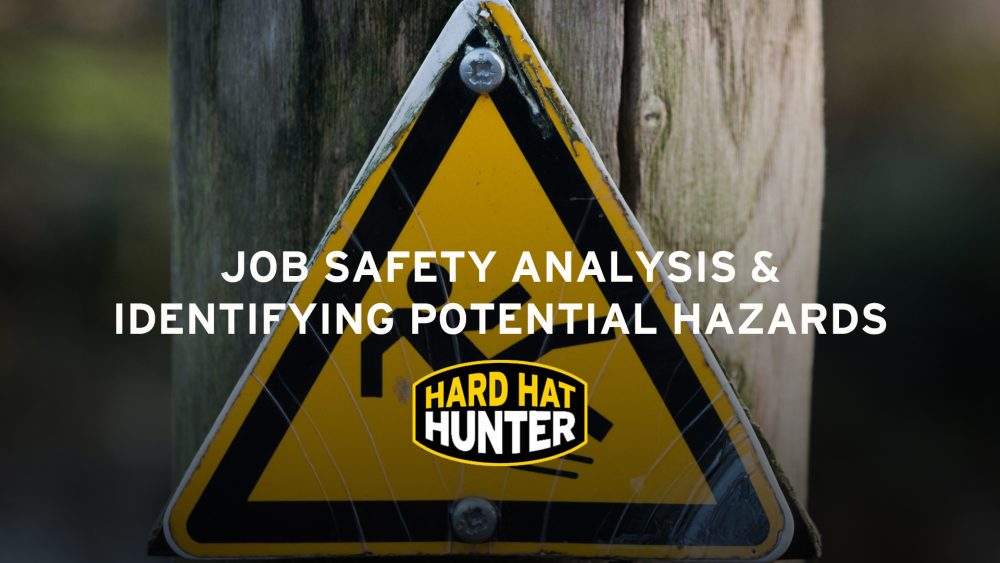A Job Safety Analysis (JSA) is a written procedure which helps determine the safest way to complete any given job. Potential hazards for a job are identified, as well as preventative measures to keep the worker completing the job as safe as possible.
It serves as a teaching tool to train new workers on how to safely complete a job while minimizing or eliminating potential safety hazards.
Benefits
- Workers get trained the same way to complete a job; creates a standardized safe way to complete a job within an organization
- Potential hazards for a job are identified
- Preventative measures for a job are identified
- Makes safety a priority while completing jobs
- Documented so that any worker has access to the same safe way of completing a job at any given time
Steps
To conduct a Job Safety Analysis, the following four steps are required:
- Identify a job/task to be analyzed
- Break down the job into sequential steps
- Identify potential hazards associated with the job and each task
- Identify preventative measures to eliminate/reduce each hazard
Identifying Potential Hazards
Once the job has been selected, and broken down into a series of steps, identifying hazards is the next step.
To identify the potential hazards, it is recommended that the job analyst watch a worker complete each step. From there, each potential hazard can be noted.
Considerations the following potential hazards that may be present:
- Lighting/visibility issues
- Moving objects/parts
- Possibility of slips, trips, falls
- Possibility of sprains, strains
- Possibility of overextension
- Fall hazards and/or falling objets
- Dust, fumes, mists, vapour exposure
- Noise exposure
- Vibration
- Exposure to harmful substances/chemicals


Comments are closed.